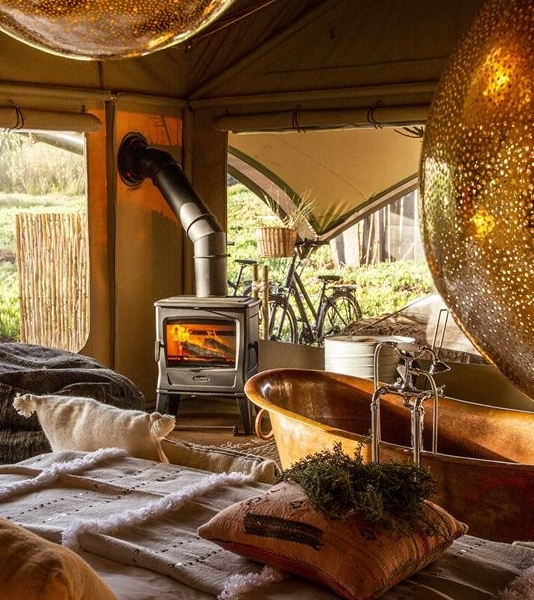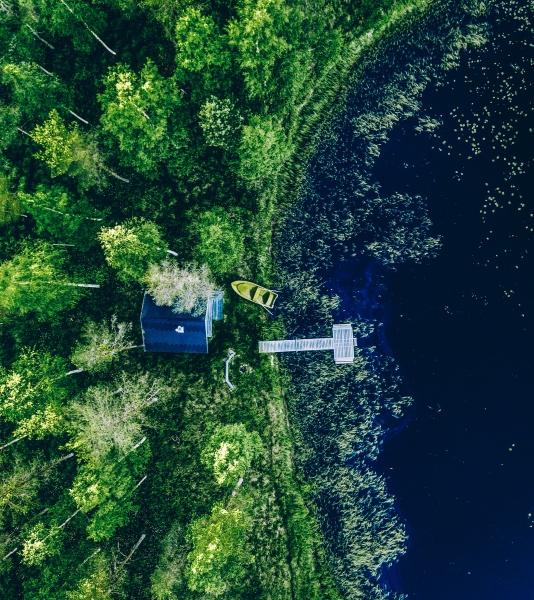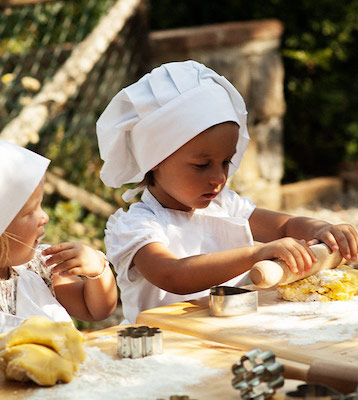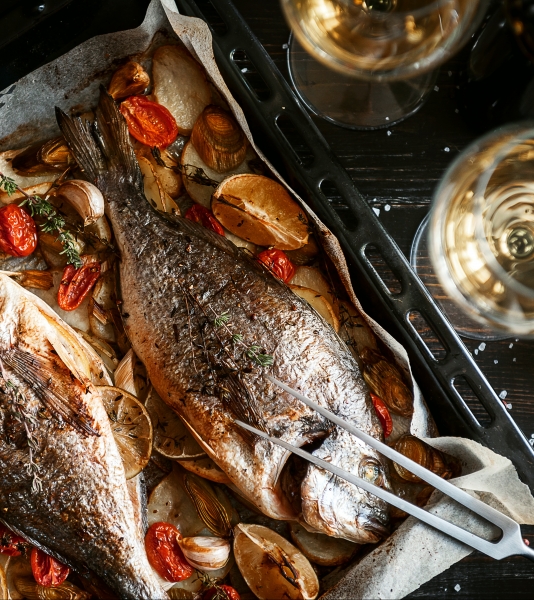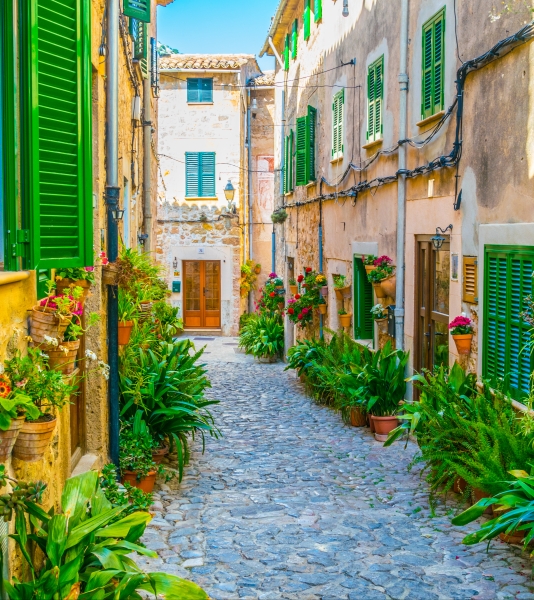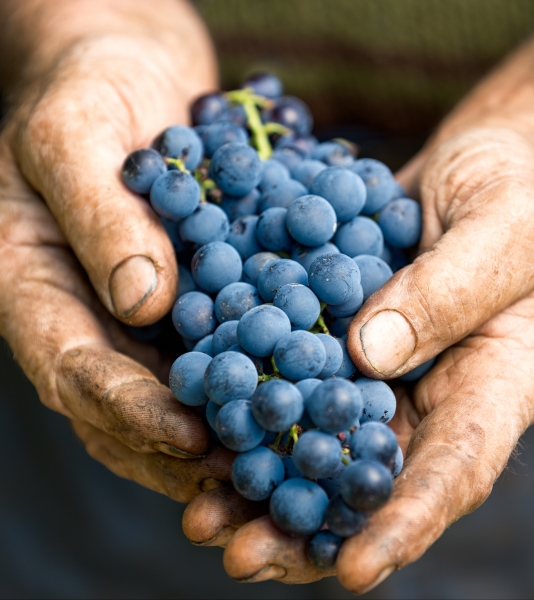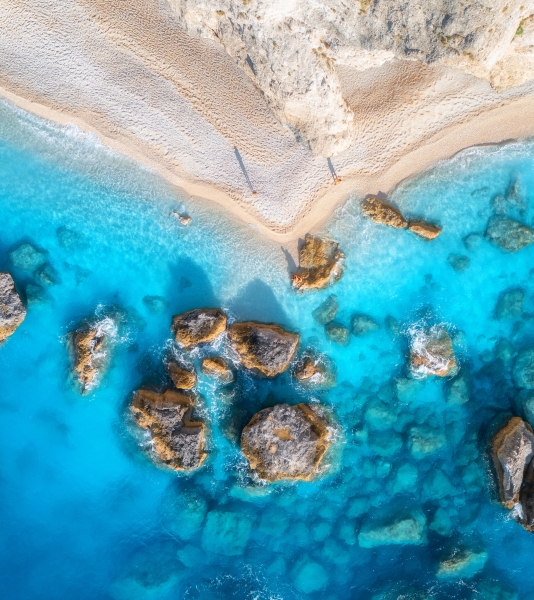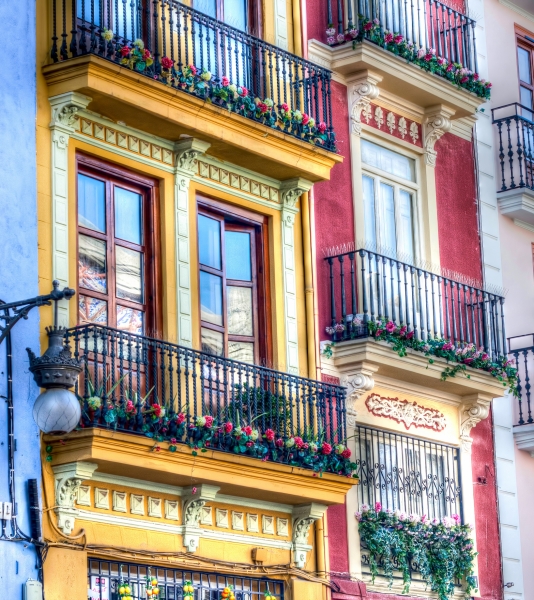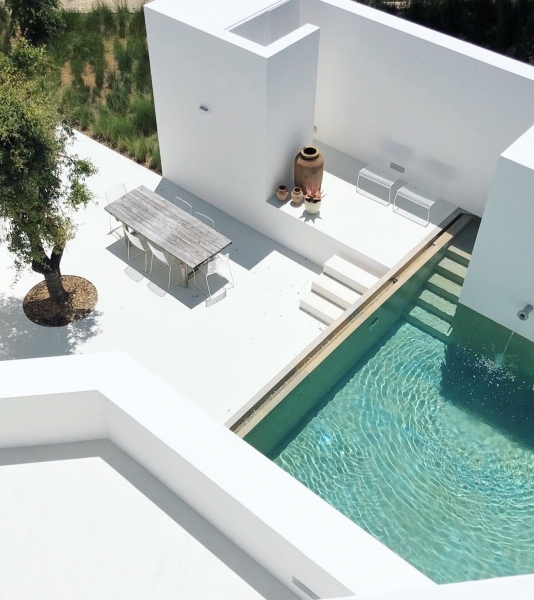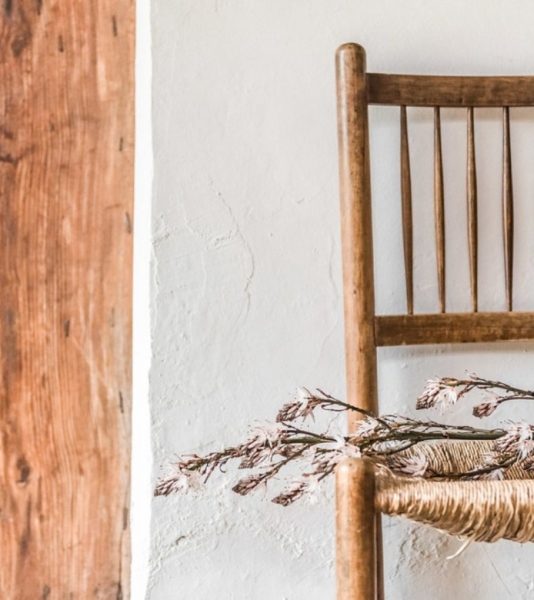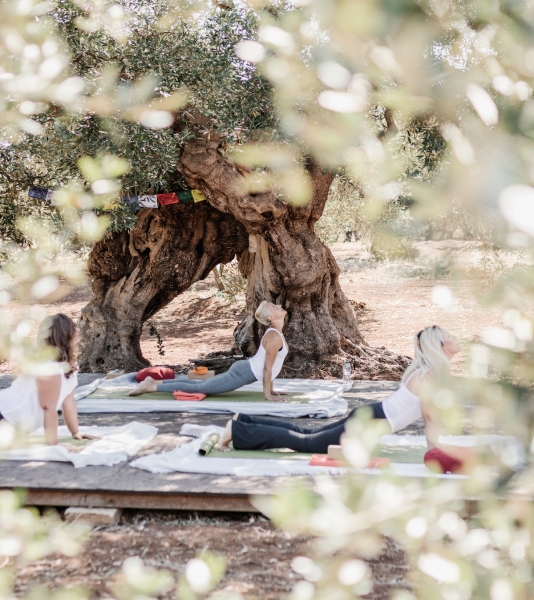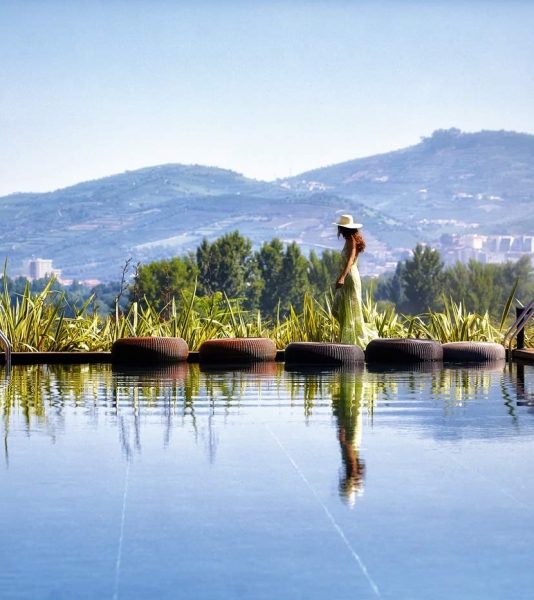Where to stay in Catalonia
Let Catalonia enchant you and experience unforgettable moments on the spectacular beaches of the Costa Brava, the hip neighbourhoods of Barcelona or the vineyards of the Penedés and Empordà. Here you can enjoy the world-famous Spanish cuisine and admire impressive works of art by Gaudí and Dalí.
However, Catalonia has much more to offer. Discover a multitude of cultural monuments that have been declared World Heritage Sites by UNESCO and experience the history and culture of the region at first hand. Treat yourself to an overnight stay in a beautiful boutique or luxury hotel in Barcelona or the surrounding cities to experience the charm of Catalan architecture.
The mountains also offer countless opportunities for relaxation and discovery. In a charming mountain hotel in the Pyrenees, you can enjoy nature to the fullest and escape from everyday life.
And if you long for the clear sands of the coast, we offer a wide selection of cosy holiday flats near the sea. Here you can relax amidst the sound of the waves and enjoy the Mediterranean climate.
The cosy country hotels, hip beach houses on the Costa Brava, elegant city hotels in Barcelona and the small boutique hotels on the Costa Daurada reflect the diversity and beauty of the Catalonia region. We have therefore put together a very diverse selection of beautiful hotels and charming accommodation in Catalonia to offer you an unforgettable holiday experience. Let our recommendations inspire you.
Catalonia and its provinces
Choose from our unique selection of boutique hotels in Catalonia and romantic hotels in Girona by clicking on the map or list on the right. These will highlight a wide selection of hotels, including luxury Girona hotels, bed & breakfasts in Lerida, amongst others. Whatever your taste, we’ll help you find that perfect getaway in Girona.
What to do in Catalonia
Catalonia is one of the most popular destinations in Spain, not least because of the wide and varied range of leisure activities on offer. On the white sandy beaches you can take advantage of the excellent water sports conditions, go on extensive hiking tours in the vast landscapes or discover the wonderful old towns with their historical heritage.
One of these cities is Tarragona, where the first settlers of the peninsula settled. Romans, Arabs left traces in Lérida, currently popular for its winter sports facilities.
The medieval city of Girona has a Jewish quarter whose origins can be traced back to the 12th century. Millions of sun worshippers from all over the world flock to the legendary Costa Brava every year. Despite the mass tourism that flourishes here, they still exist, the undiscovered beaches and authentic places of the coastal strip.
Throughout the year, there is no shortage of festivals in Catalonia. These range from religious celebrations and special lunches and dinners to processions and performances. Due to the fact that so many public events are still held here according to old customs, many visitors claim that Catalonia is one of the most traditional regions in all of Europe.
In the hinterland, on the other hand, beautiful natural parks and historic small towns attract visitors. The mountains of Catalonia invite you to go hiking and skiing. Those who like hiking in higher regions should set off from Núria to Ull de Fer (Gerona) and climb El Puigmal at 2,913m. This section of the mountains reaches heights of almost 3,000m.
During excursions along the Catalan coast, you can discover such wonderful places as the rugged cape of El Cabo de Creus, Cadaqués with its blaze of colour, the small town of Roses with its Greek ruins, the impressive Romanesque monastery of Sant Pere de Rodes and, above all, Empúries, the most important archaeological site in Spain.
Empúries is home to numerous Greek ruins and the Roman city of Emporion. Drive along beautiful coastal roads past forests that reach the seashore and discover such charming little towns as Sa Riera, Aiguafreda, Aiguablanca, Tamariu, Llafranc and - especially worth seeing: Calella de Palafrugell.
Festivals and culinary delights in Catalonia
For a deeper insight into Catalan culture, we recommend a visit to one of the traditional festivals that take place throughout the year. The origins of these celebrations usually go back a long way, such as the annual competition of the tallest human pyramid, the Castells. The towers can be up to 10 persons high and are built by teams known as "collas". This spectacle takes place in different cities throughout the summer, so if you happen to be in the area at any other time, there is also the opportunity to watch the rehearsals.
If you are in Barcelona in August, you will hardly be able to escape the Festa Major de Gracia, one of the most famous street festivals with beautifully decorated streets and buildings, as well as concerts, traditional dances and Catalan. The streets of Gracia are filled with people from mid-August and a festive atmosphere enchants the city. The Correfoc, where people dressed as devils throw fireworks into the air and dance through the streets, are impressive.
Barcelona's biggest festival, however, is la Mercè in September, dedicated to the city's patron saint, the Virgin of La Mercè. The festival consists of street parades, concerts, traditional dances and a big fireworks display.
At Christmas time, the Cavalcada de Reis takes place. A Christmas parade of the three saints on camels parades through the streets and throws sweets into the crowd. Every year on 5 January you can watch this parade.
These are just a few of the many traditions and festivals in Catalonia that reflect the rich culture of the region. Worthwhile for those who want to see a more personal side of Spain.
Catalan cuisine is one of the most sophisticated in Spain. To understand the gastronomy of this region, you should bear in mind that there is not just one cuisine in this country, but several: a seafood cuisine (on the Costa Brava), a "sea and mountain" cuisine (in the Empordà), a mountain cuisine (in the Lleida Pyrenees), the unique cuisine of the Aran and Cerdanya valleys (in the Girona Pyrenees) and a coastal cuisine (in Tarragona).
Each region, of course, has its own recipes and ingredients: While sea urchins, rock fish and seafood stews - suquets - are a temptation in the coastal towns of the Costa Brava, mushrooms are the passion par excellence in the hinterland of Catalonia. But the delicious combinations of seafood and local products - rabbit with lobster and snails, chicken with lobster or langoustine - also surprise everyone who visits the region's tables. Nor will you be disappointed by the ritual of calçots - a type of spring onion roasted over a vine fire - or the intensity of a good alioli.
Rice dishes are also common in Catalonia, as is fideuá, a seafood recipe with string noodles that has a long tradition. Also worth mentioning are the various delicious Catalan sausages such as fuet, longaniza and butifarra.
Another area in which Catalan dynamism undoubtedly excels is the wine industry. With eleven different designations of origin, Catalonia is the region with the greatest geographical diversity in Spain. There are areas as large as Penedés and others that are much smaller and more specialised, such as Conca de Barberá, Alella and Pla de Bages. With this viticultural heritage, Catalonia is able to produce everything from fresh, light white wines to highly extractive reds, including classic rosés, light reds and the famous sparkling wines.
And to finish off any meal, there are delicious desserts. Highlights include crema catalana, brazo gitano, pijama and carquiñoles.
As nossas coleções
Não sabe para onde ir? Deixe nossas coleções te inspirarem.


